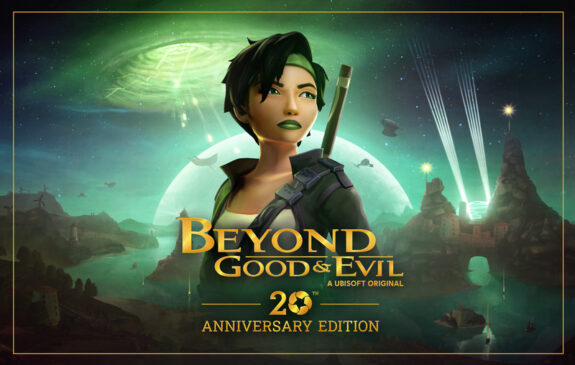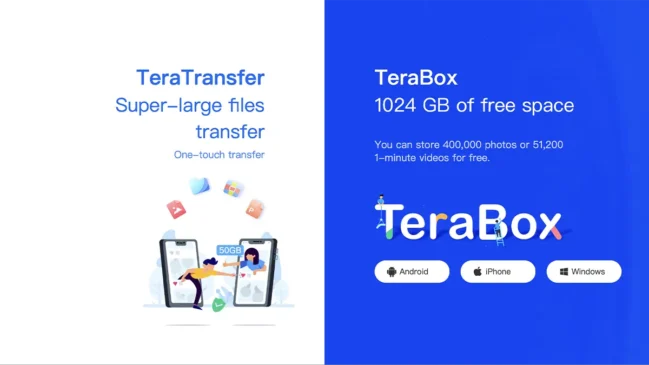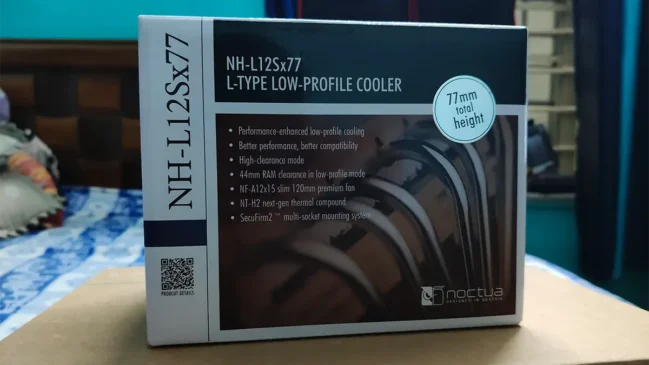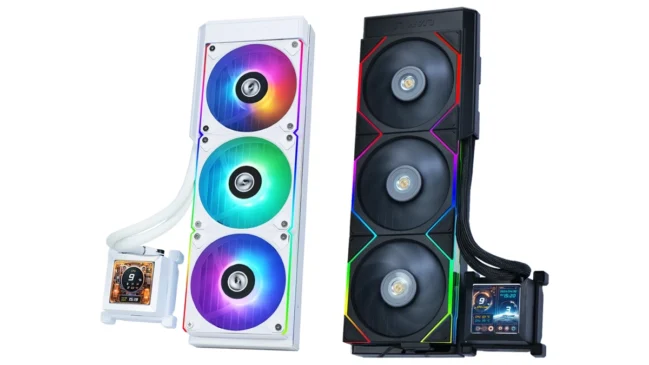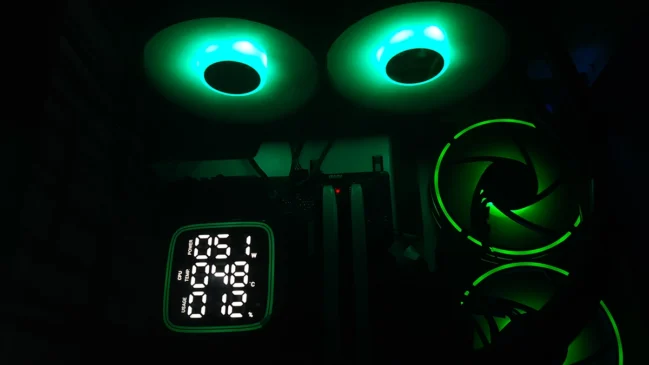
Few games capture the essence of their setting as beautifully as Ghost of Tsushima. Originally released in 2020 for the PlayStation 4, this epic samurai adventure quickly became a beloved title, praised for its stunning visuals, engaging combat, and rich storytelling. The Director’s Cut, which added even more depth and content, brought this experience to the PlayStation 5. Now, PC gamers can finally immerse themselves in this breathtaking rendition of feudal Japan, thanks to a meticulously crafted port by Nixxes.
AT A GLANCE
Developer: Sucker Punch Productions
Publisher: Sony Interactive Entertainment
Platforms: PlayStation 4, PlayStation 5, PC(Reviewed)
Final Score: 10/10
Story
Sucker Punch’s Japanese Odyssey tells us the story of Jin Sakai, a samurai torn between honoring his ideals and his duty to protect his land at all costs. Taking place during the Mongol invasion of Japan, Jin must fight against the invaders to save his fellow countrymen.
The main story takes place on the island of Tsushima, a set of Japanese islands in the country of Japan, during a period of turmoil where it comes under siege by the unstoppable hosts of Kublai Khan, who aspires to conquer the land of the rising sun. Little by little Jin undoes the ideals with which he has grown up in order to even the odds against his ruthless opponents. Reluctantly he discards his notions of honor to become the sinister figure of the “ghost” for the sake of his people.
Director’s cut introduces a new plot that takes place in the island of Iki, where Jin has to confront his past. The story feels remarkably organic and never for a second did I feel it was added in after the release of the base game. You are free to take on the campaign right after the first act.
Gameplay
Ghost of Tsushima owes its maximum influence to samurai movies and the gameplay reflects this. The fighting mechanics have a unique aesthetic and mechanical connotations that will be appreciated by samurai fans from the very beginning. It is remarkable the effort that has been put into the recreation of combat with this weapon, the animations, the way of moving, and how the whole body accompanies the movements according to the weapon we are facing. The katana is the foundation stone of the action, here there is no variety of weapons to carry or anything like that, everything is centered around the legendary Japanese steel.
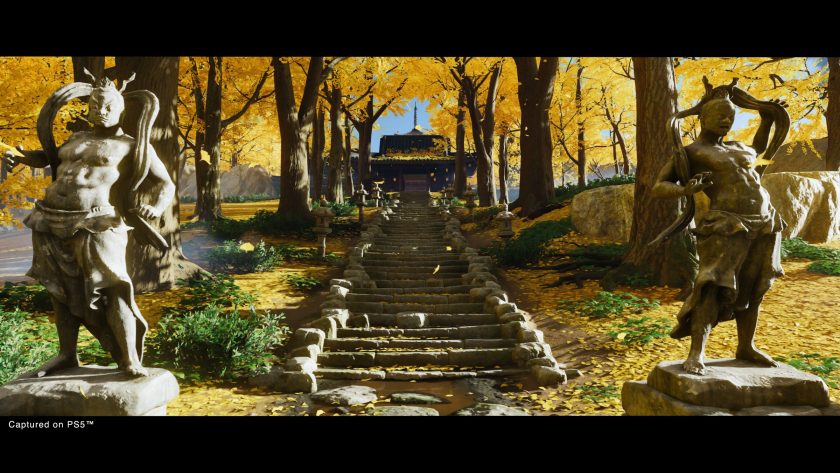
To ensure that the limited selection of weapons feels rich enough to sustain the entire game, the combat system is elaborate and has a tactical touch that keeps it interesting and varied throughout the game. As we play and eliminate or observe Mongol leaders, we unlock the four positions from which to strike, each with a variety of combinations and, most importantly, each particularly effective against certain types of enemies. It is not that you cannot defeat an enemy if you do not use the correct position, but it makes things easier to do so since you can break their defenses more quickly and since a fast change is used in real-time. You can also upgrade your weapons with a huge selection of upgrades to make it more efficient.
The peak of the gameplay is during the moments of individual duels, one-on-one combat against renowned enemies in which you will not be able to flee or use any of the tricks from Jin’s arsenal. Pure and hard combat of skill and reflexes in which some of the virtues of the proposed system are evident, such as the importance of carefully measuring the moment to block the rival attack, to be able to carry out a powerful counterattack, or the dexterity to dodge the opponent. rival at the right time. An attempt is made to reflect at different times the stress of handling a weapon known for its speed and lethality, in which a fight can be decided in moments.
But head-on ‘honorable’ combat is just one facet of Ghost of Tsushima. On the opposite pillar rests the other alternatives of Jin’s arsenal, with a wide variety of weapons and utilities that will make him more adaptable to the circumstances that he will face. This complementary arsenal is limited but easily replenished and extremely useful in facilitating combat. The kunai, throwable blades, will allow us to quickly kill the annoying Mongol dogs and can unbalance any enemy no matter how armored it is, which will allow us to cancel their attacks momentarily and open a window of opportunity to launch a wave of attacks; The smoke bomb will allow us to hide in front of the enemies’ noses again, especially powerful if we expand our assassination capacity to three enemies together. We also have a sticky bomb that can do significant damage to a group of enemies and a tool that will attract the attention of the guards so that we can go the other way if we look more for pure infiltration. To all this, we must add the use of the bow and a couple of other elements that will give us many options when it comes to planting in Mongolian terrain.
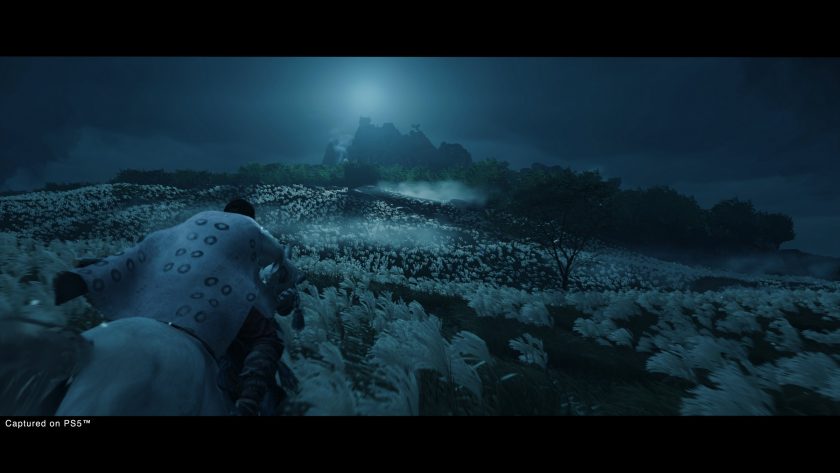
On normal difficulty, it isn’t that difficult to face a large group of enemies head-on, but on higher difficulties, you will get slaughtered unless you have excellent reflexes. The attack patterns are designed so that if you focus too much on one enemy, others will attack you from the blind spot, while several enemies can launch attacks almost simultaneously, which makes it advisable to use the aforementioned tricks to avoid having multiple enemies.
The Director’s Cut doesn’t add a lot in terms of new gameplay mechanics and is mostly more of what we already love about the base game. But you can pet a lot more animals this time around so that alone justifies the price tag.
Visuals, Audio, and Technical Performance
The visual splendor of Ghost of Tsushima is one of its standout features. The PC port does justice to the original’s breathtaking landscapes, intricate details, and dynamic weather systems. The enhanced graphics options on PC, such as improved textures, increased draw distances, and more refined shadow and lighting effects, elevate the visual experience beyond what was possible on consoles. The game’s art direction shines through, making every scene a potential screenshot-worthy moment.
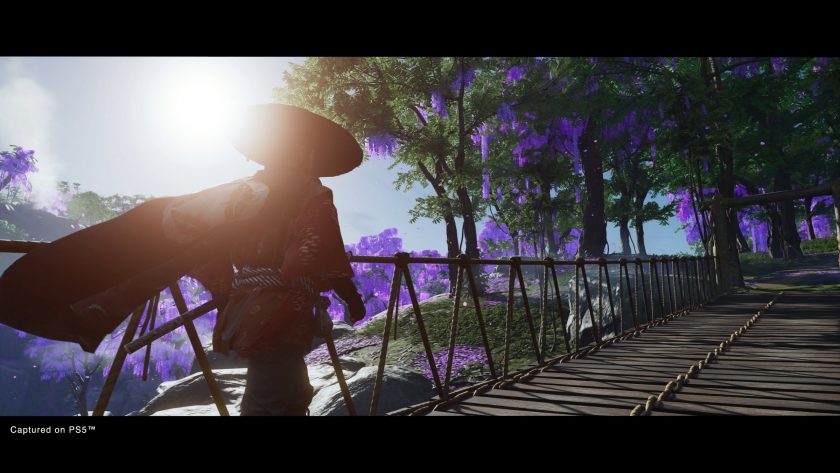
For people who were disappointed with the Japanese lip sync in the base game, the director’s cut fixes that with properly syncing. There are a lot more tiny enhancements as well, including the excellent haptic feedback and massively reduced loading times.
I highly recommend playing in the Kurosawa mode at least once on the director’s cut thanks to these new improvements.
One of the critical concerns with console-to-PC ports is their performance, especially on day one. Many recent high-profile ports have faced criticism for bugs and optimization issues. Thankfully, Ghost of Tsushima Director’s Cut, ported by Nixxes, largely avoids these pitfalls. The game runs smoothly on a range of PC configurations, showcasing the meticulous care taken to optimize it for diverse hardware setups. Players with high-end PCs can enjoy the game at its maximum graphical settings, experiencing stunning 4K visuals at high frame rates. Even on more modest systems, the game maintains a stable performance, with adjustable settings allowing for a balance between visual fidelity and smooth gameplay.
One of the significant advantages of the PC port is the flexibility in control schemes. Players can choose between using a keyboard and mouse or a game controller, with fully customizable keybindings to suit personal preferences. The user interface has been adapted to work well with both control methods, ensuring a seamless experience regardless of the chosen setup.
Final Thoughts
Summary
Ghost of Tsushima Director's Cut on PC is a triumph of porting, offering a superior experience that maintains the integrity and brilliance of the original game while taking full advantage of the capabilities of modern PC hardware. It's an essential purchase for those who have not experienced it on PlayStation and a worthy replay for fans of the original looking to explore the game in greater detail and higher fidelity. The successful port sets a new benchmark for how console games should be transitioned to the PC platform.

